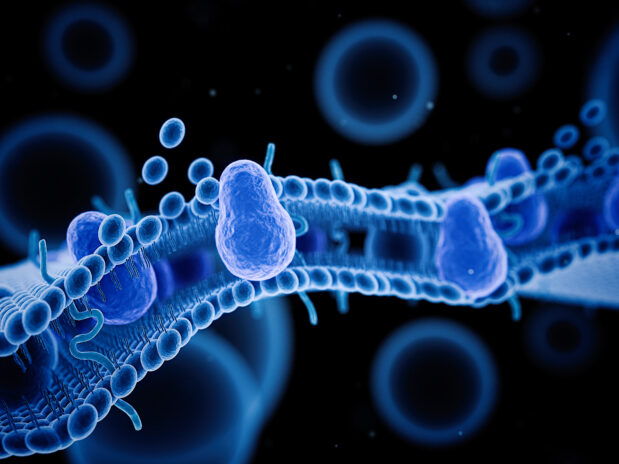Biology Textbooks Get It Wrong on Life’s Origin
Chemist Stanley L. Miller died in late May (March 7, 1930 – May 20, 2007).
If you don’t recognize the name, you are probably familiar with his famous experiment. Virtually every high school biology text describes the work Miller performed in the early 1950s. He filled the confines of a carefully assembled glass apparatus with methane, ammonia, and hydrogen after diligently excluding oxygen from the system. At that time, scientists thought the gases Miller used in his experimental setup had existed in early Earth’s atmosphere. A boiling flask of water connected to the glassware introduced water vapor into the headspace and simulated early Earth’s oceans. Miller passed a continuous electric discharge through the gas mix and showed that the primitive atmosphere of the early Earth could, in principle, generate amino acids, one of the key building blocks of life.
Miller’s work was the first experimental validation of the Oparin-Haldane hypothesis. This model, based on the principles of chemical evolution, was one of the first scientific models to describe a mechanistic pathway to life from simple chemical compounds.
Stanley Miller’s experiment launched origin-of-life studies as an exciting area of experimental research. His success has prompted scientists over the course of the last 50+ years to conduct similar experiments seeking chemical routes to other critical biomolecules.
Status of the Miller-Urey Experiment
Today, the Miller-Urey experiment is considered to be irrelevant to the origin-of-life question. Current understanding of the composition of early Earth’s atmosphere differs significantly from the gas mix used by Miller. Most planetary scientists now think that the Earth’s primeval atmosphere consisted of carbon dioxide, nitrogen, and water vapor. Laboratory experiments indicate that this gas mixture is incapable of yielding organic materials in Miller-Urey-type experiments.
In May 2003 origin-of-life researchers Jeffrey Bada and Antonio Lazcano, long-time associates of Miller, wrote an essay for Science (May 2, 2003, pp. 745-746) commemorating the 50-year anniversary of the publication of Miller’s initial results. They pointed out that the Miller-Urey experiment has historical significance, but not scientific importance in contemporary origin-of-life thought. Bada and Lazcano wrote:
Is the “prebiotic soup” theory a reasonable explanation for the emergence of life? Contemporary geoscientists tend to doubt that the primitive atmosphere had the highly reducing composition used by Miller in 1953.
In his book Biogenesis, origin-of-life researcher Noam Lahav passes similar judgment:
The prebiotic conditions assumed by Miller and Urey were essentially those of a reducing atmosphere. Under slightly reducing conditions, the Miller-Urey reaction does not produce amino acids, nor does it produce the chemicals that may serve as the predecessors of other important biopolymer building blocks. Thus, by challenging the assumption of a reducing atmosphere, we challenge the very existence of the “prebiotic soup”, with its richness of biologically important organic compounds.
For many people, the generation of amino acids from simple chemical compounds thought to be present in early Earth’s atmosphere meant that life could originate all on its own without the need for a Creator. Work done on the early planetary conditions of Earth in the intervening decades between Miller’s famous experiment and his death, however, have invalidated this famous experiment and its support for an evolutionary explanation for life’s origin, in spite of what textbooks report.
For more detailed discussions on other problems confronting the evolutionary paradigm for the origin of life see the article “Origins-of-Life Predictions Face Off: Evolution Vs. Biblical Creation” and the book Origins of Life: Biblical and Evolutionary Models Face Off.






